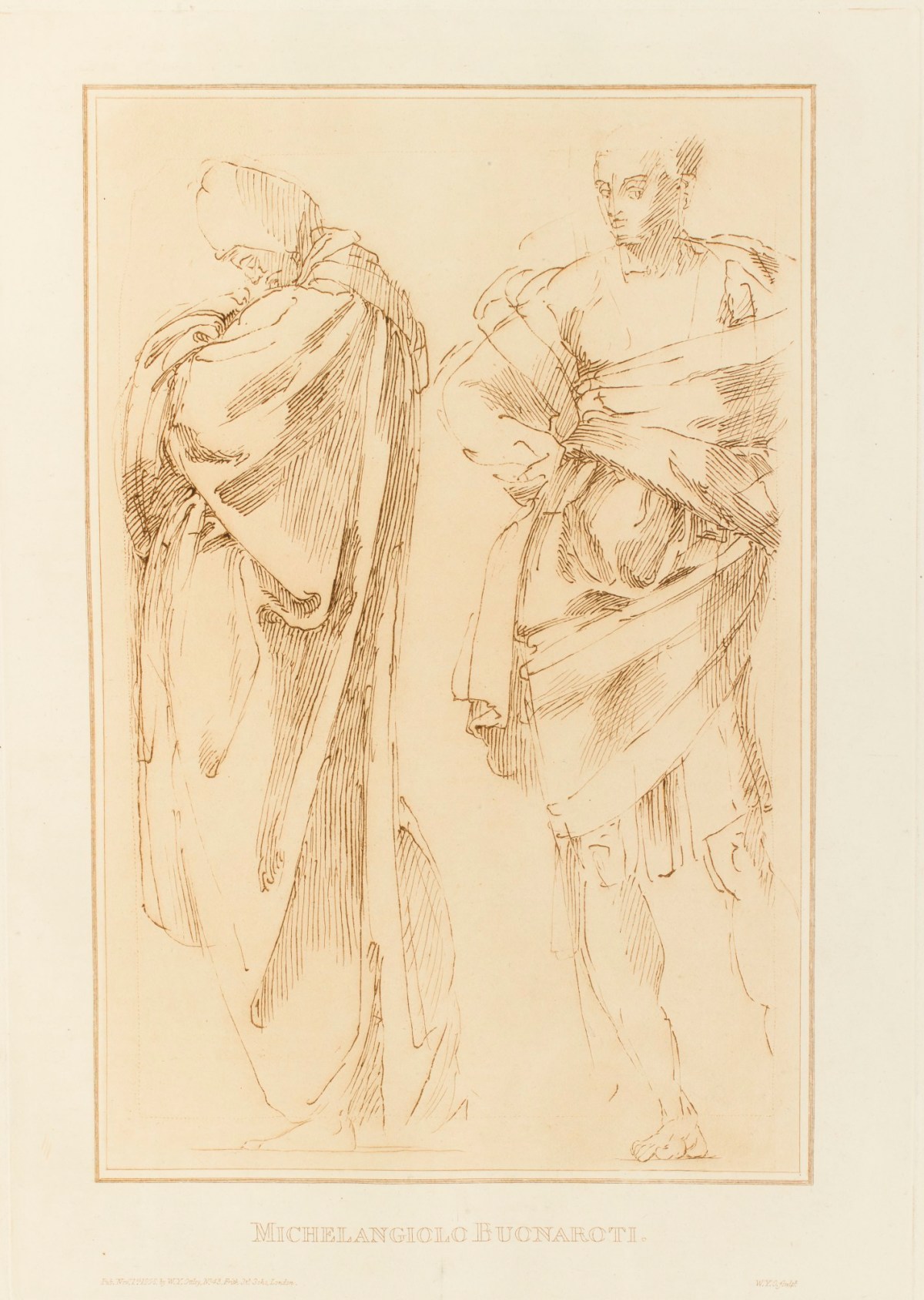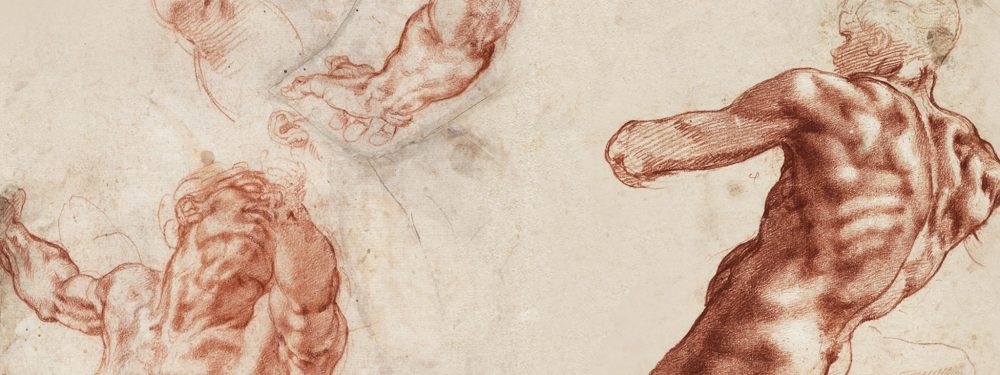


The first set of approaches uses a classifier trained with a partially labeled dataset to automatically label unlabeled instances. They use interim classifiers trained with a small set of labeled data to aid the labeling of the remainder of the data.

Two prominent sets of approaches stand out. Several authors have attempted to address this issue by creating synthetic data, and by building tools that support efficient annotation.

A key obstacle to building accurate sketch recognizers has been the difficulty of creating large amounts of annotated training data. Sketch recognition allows natural and efficient interaction in pen-based interfaces. Michelangelo: A Life on Paper will find crossover appeal for people working on illuminated manuscripts, drawings, political cartoons, and numismatics. Considering the importance of Michelangelo and the quality of Barkan’s scholarship, this book will serve as a useful tool, not only for students of the Renaissance but also to anyone interested in media that combine images with the written word. The sprawling nature of his writing makes the book a challenging read, but it also makes it that much more valuable. He addresses the history of the interrelation of poems and pictures, which spans from Socrates to Cicero to Francis Bacon. The book’s subject is ostensibly the work of Michelangelo, but the author makes it clear that he is truly interested in how text and image are employed in relation to one another. The prose of a lesser scholar would simply ramble, but Barkan is able to craft a coherent narrative out of seemingly disparate elements while simultaneously communicating a clear point to the reader. In an analysis of the signature, for example, Barkan begins with a long history of the artist’s funeral before eventually returning to the original subject of Michelangelo’s name. The author’s discussion of the papers is rich with context. A comprehensive analysis would not have been feasible as up to six hundred drawings are believed to exist, along with approximately three hundred poems, five hundred letters, and thousands of ricordi, or memos. The documents that comprise the subject of the book are so divergent in nature, and their sheer quantity so staggering, that it would have been impossible for Barkan to address them in any other fashion. The book appropriately ends with a short chapter in which Barkan draws a number of conclusions about the sprawling material and concepts addressed in the nearly three hundred preceding pages. Chapters 5 through 7 follow a general chronology as the first of this triad examines a number of works from the early Cinquecento, the second concentrates on productions from the 1520s, and the third deals with a codex of poems written by Michelangelo during the final decades of his life. The third chapter deals with a few instances in which the relation of text and image were explicitly understood by the artist within a particular production, while Michelangelo’s signature is the subject of chapter 4. Chapter 2 discusses some of the historical aspects of the use of paper while focusing on how the medium was employed in Michelangelo’s workshop. The first chapter looks at the word-image production of Leonardo da Vinci and compares these drawings and notes to those of Michelangelo.
Michelangelo sketch fashion series#
The chapters function as a series of case studies that examine increasingly complex issues involved in the production and interpretation of documents that mingle the literary with the graphic. Considering the importance of the artist, however, the risks inherent in such an undertaking are well worth the rewards.īarkan’s treatment of the source material is not comprehensive, nor is it strictly chronological, yet the end product is both highly cerebral and digestible. To call it a common medium perhaps too strongly links these productions, since they were often sketched using a variety of inks and chalks. The drawings, notes, correspondences, and poems have little to do with one another except for sharing a maker and a medium. As the title suggests, the book is tied together with only the loose thread of the medium of paper. Articulating the challenge in his preface, Leonard Barkan writes, “We cannot understand Michelangelo without a radical sense of the way that pictures and words entangled themselves within his creative imagination.” It is this nebulous task to which the author devotes the next eight chapters. Michelangelo: A Life on Paper is an ambitious undertaking that addresses not so much a group of artworks, but rather an idea: that of the interrelation of text and image in Michelangelo’s oeuvre.


 0 kommentar(er)
0 kommentar(er)
